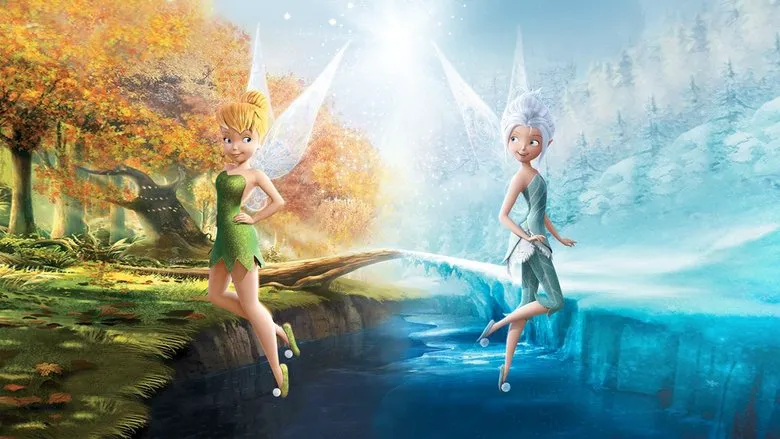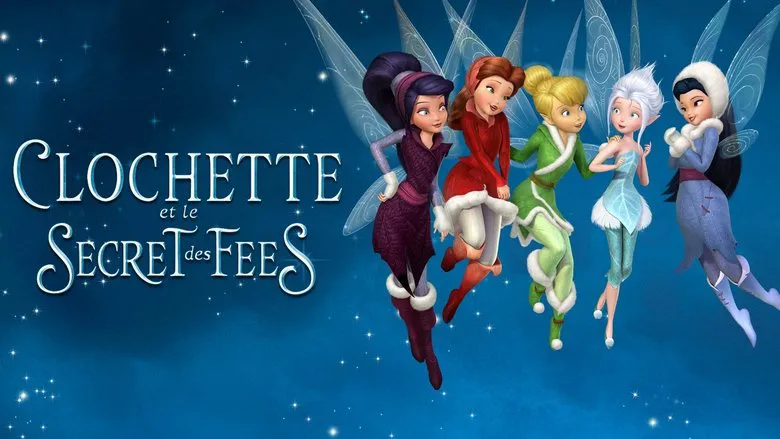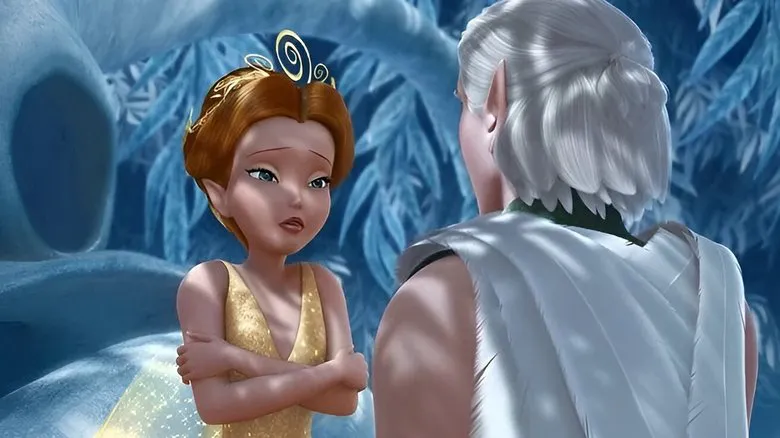A Heartwarming Tale of Fairies and Sisterhood: Exploring “Secret of the Wings”
“Secret of the Wings” (originally “Феи: тайна зимнего леса” in Russian) is a delightful Disney animated film that explores the magical world of fairies, where the seasons transition across a mystical wooden bridge. We follow Tinkerbell and her fairy friends as they guide adorable, fluffy creatures into winter, using what looks like fishing rods to gently encourage them along the path. One particularly charming bunny hilariously demonstrates the boundary between worlds, with its nose dusted in snow while its tail remains in summer. These enchanting seasonal shifts are central to the movie’s plot.

The protagonist, Tinkerbell, is, of course, borrowed from J.M. Barrie’s “Peter Pan,” and she closely resembles her 1953 animated counterpart. This isn’t surprising, as this film is the fourth installment in Disney’s “Tinkerbell” franchise. In the original English versions, Tinkerbell is voiced by Mae Whitman, perhaps best known for her role in “Scott Pilgrim vs. the World.” She’s joined by Lucy Liu, and in this particular film, Timothy Dalton lends his voice to the Fairy King, who, somewhat ironically, bears a resemblance to Richard Gere. There’s also a wise, old fairy modeled after photographs of Albert Einstein, but that’s just a fun detail.

The Mystery of the Sparkling Wings
Early in the film, Tinkerbell ventures into the winter woods and discovers that her wings are sparkling in an unusual way. This leads her to uncover a surprising secret: she has a sister with matching wings! It’s worth noting that fairies are born from laughter, and once, a particularly joyous burst of laughter resulted in the creation of two fairies.

Parallel Worlds and Forbidden Love
The film weaves together not only the harmonious coexistence of seasons but also parallel storylines. A secondary plot revolves around the love between the Queen of the Fairies and Lord Milori, the Lord of the Winter Woods. Their relationship is challenged by the seasonal boundaries, preventing them from being together. Ultimately, one of them loses their wings and relies on a white owl for flight.

Themes of Sisterhood and Empowerment
These gentle, heartwarming events unfold within a framework of modern pre-teen mythology. The fairies are portrayed as slender, graceful, and fashionable, often advising each other to “strut their stuff.” The film champions the positive stereotype of sisterly friendship and mutual support. There’s even a hint of feminism, allowing the fairy characters to be independent and self-reliant. They are not dependent on elves and seem to dominate the male population of the fairy world, who are often at their beck and call. The exception is Lord Milori, who occasionally offers patriarchal advice.
However, one can understand his perspective – he is the only tragic-romantic hero, having suffered for love and lost his wings.